When we think about the southern United States, visions of ante bellum plantations spring to mind. Following the Civil War, many of those estates disappeared. Fortunately, for us, a few have been preserved as museums and tourist attractions. We found one such preserved plantation, i.e. Belle Meade, a short bus ride (on the number 5) from downtown Nashville. John Harding originally bought a cabin and 250 acres in 1807, but it quickly grew to over 5000 acres. What was surprising to us, when we arrived, was that it did not look like what we thought a typical cotton plantation should. There were no large open spaces with remnants of cotton plants and numerous slave cabins scattered about. That was because Belle Meade never grew cotton. Instead, it was devoted to the boarding and breeding of thoroughbred race horses. Over the years, the Harding family had become so successful at this endeavor, that bloodlines have carried into modern times (the famous race horse of the 20th century, "Sea Biscuit" could trace its ancestry back to Belle Meade's "Enquirer").Because of this, we could only imagine how different life on this plantation was from the more typical ones. While there are only 30 acres left, of the 5000 in its heyday, the grounds are beautiful. A long, winding driveway took us from the road up to the main house. Scattered around the grounds were several out buildings; the spacious carriage house and stables, a smoke house for curing meats, a grounds keepers house (with an attached greenhouse), remnants of the dairy barn, one lonely slave cabin, and the original two-room cabin that came with the property, when John Harding bought the first 250 acres. As we were exploring the carriage house and stables, we discovered a surprise out back, a croquet lawn and a bocce court ( we never would have guessed that bocce was known, let alone played, in southern America during the 1800's). There is just so much history here that we spent an entire day trying to absorb it all. See for yourself by visiting;
bellemeadplantation.com
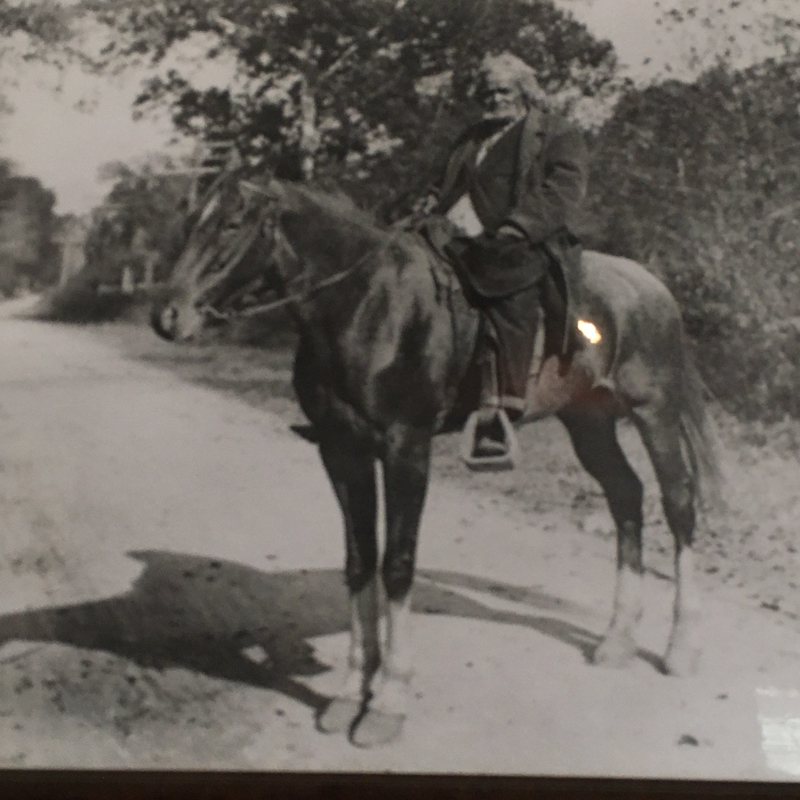
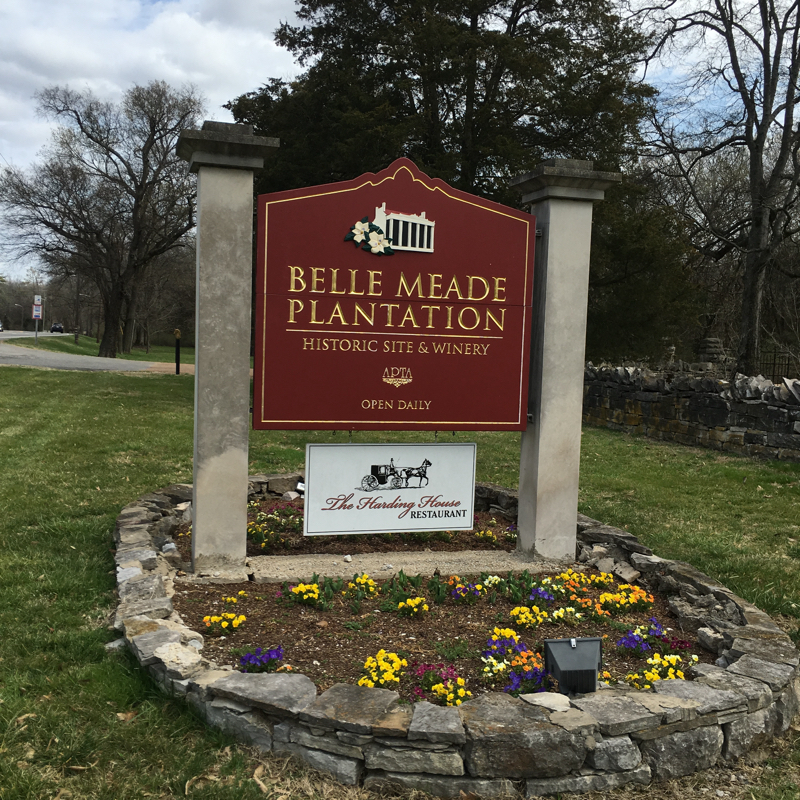
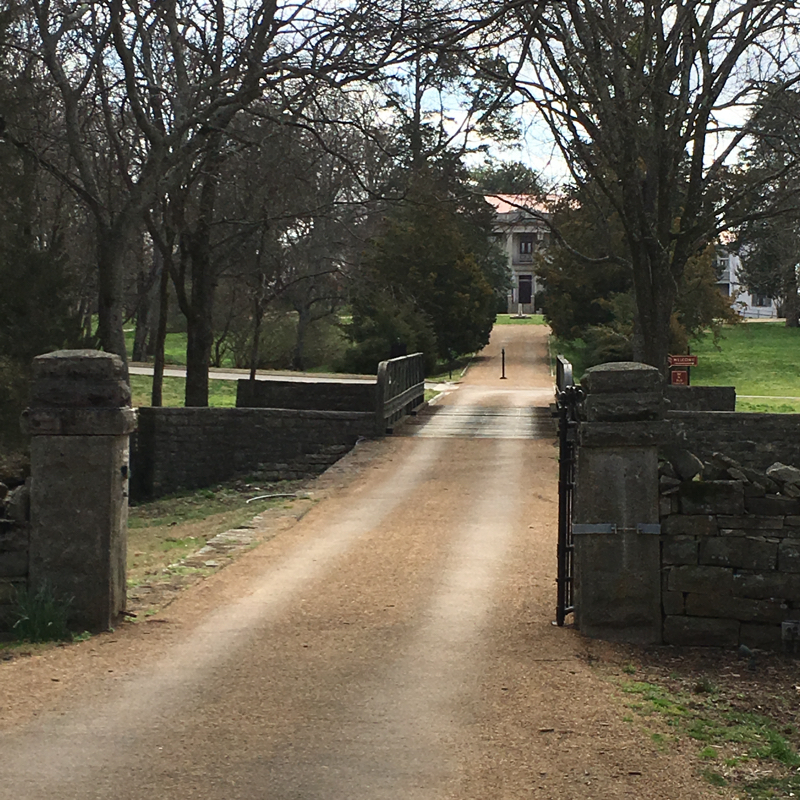
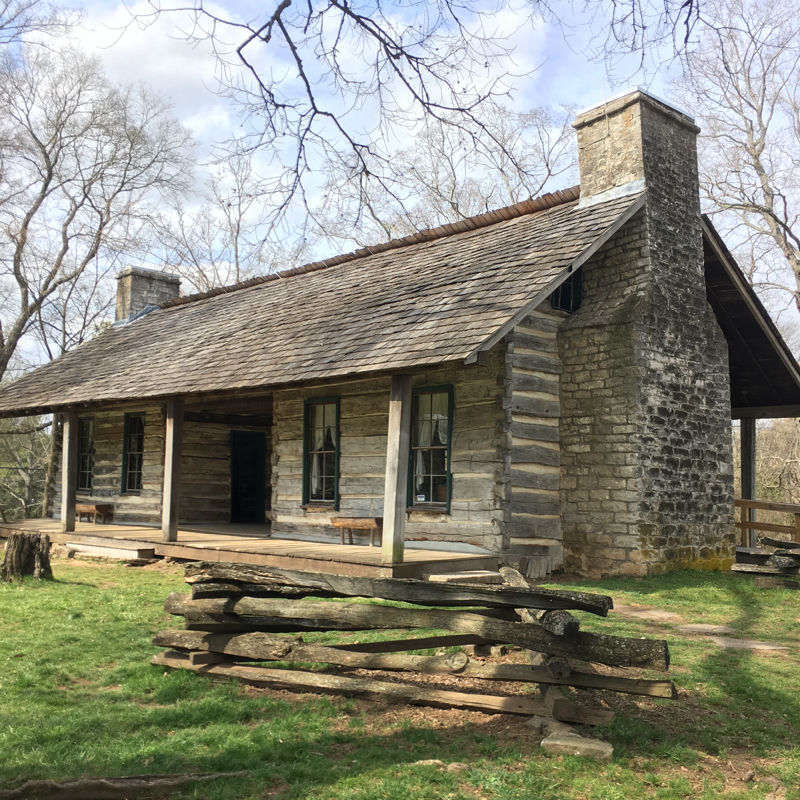
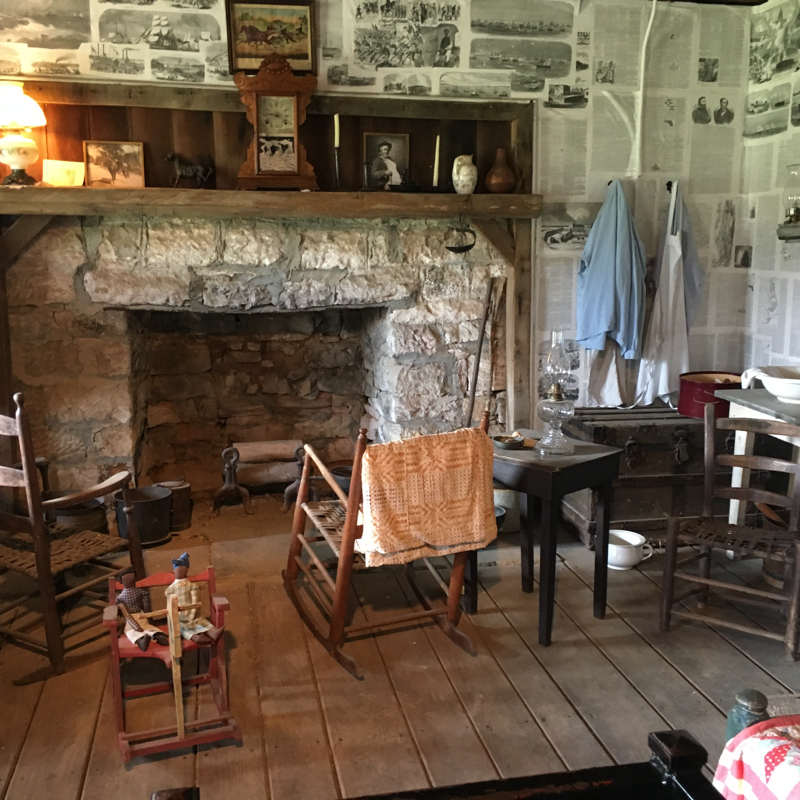
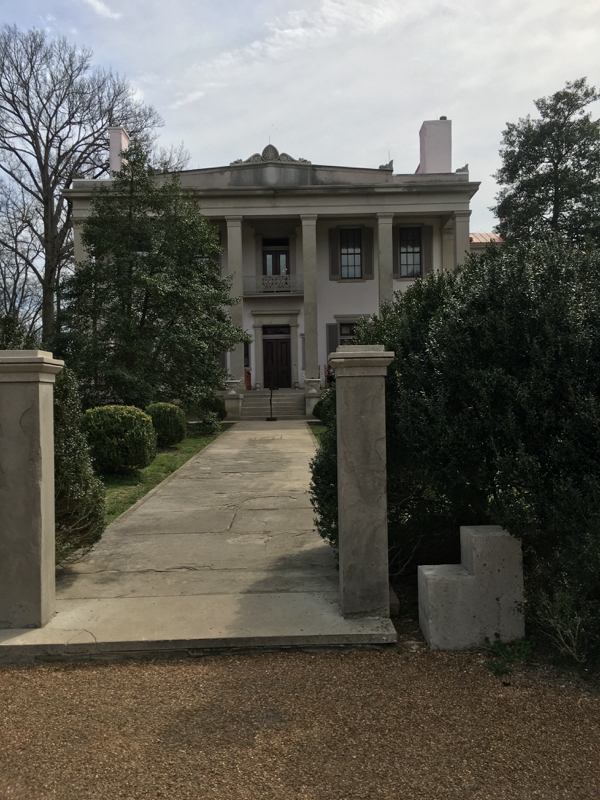
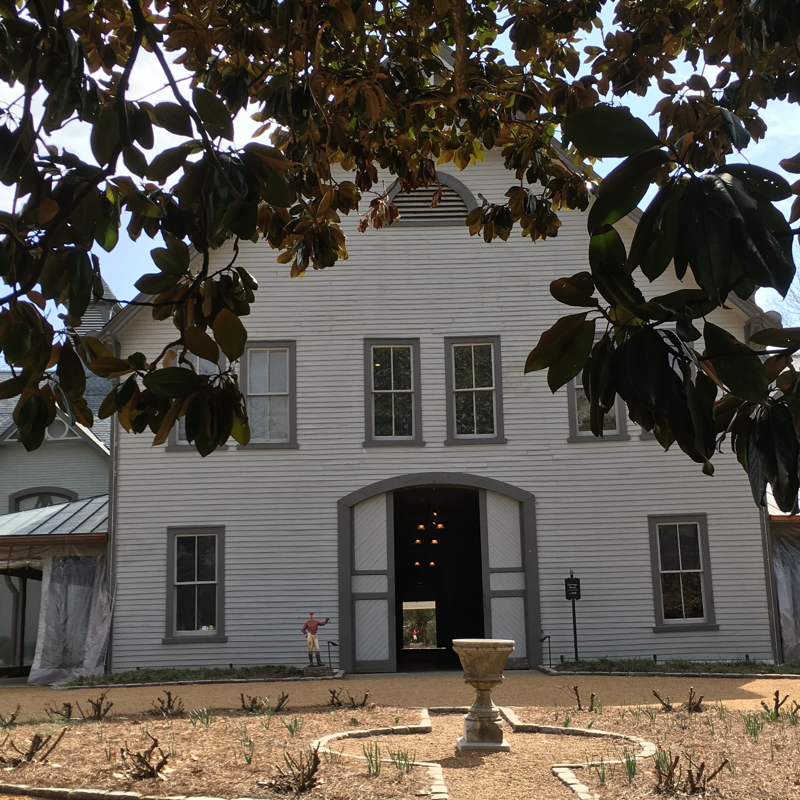
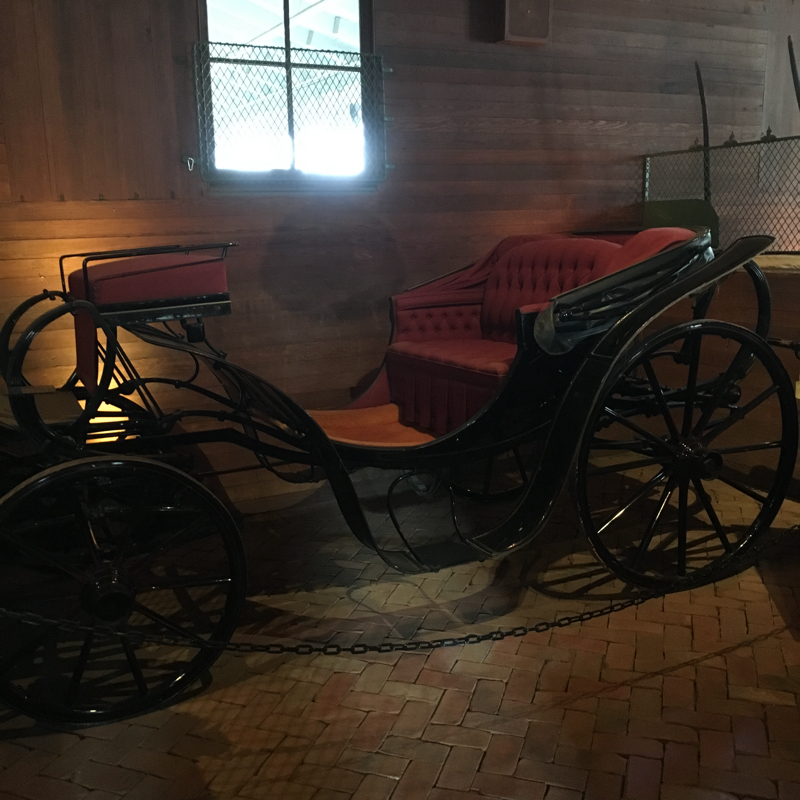
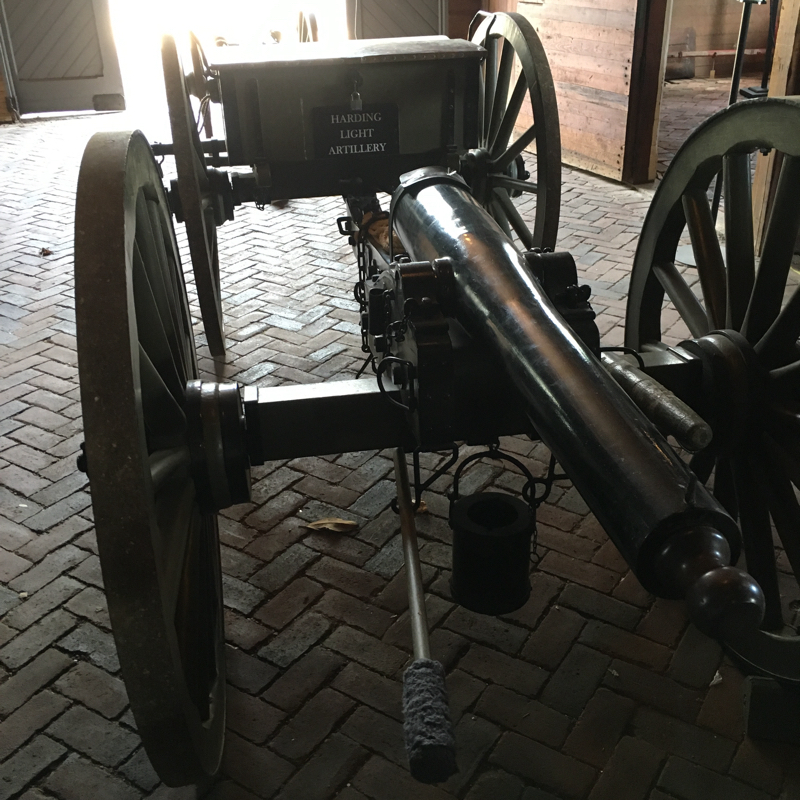
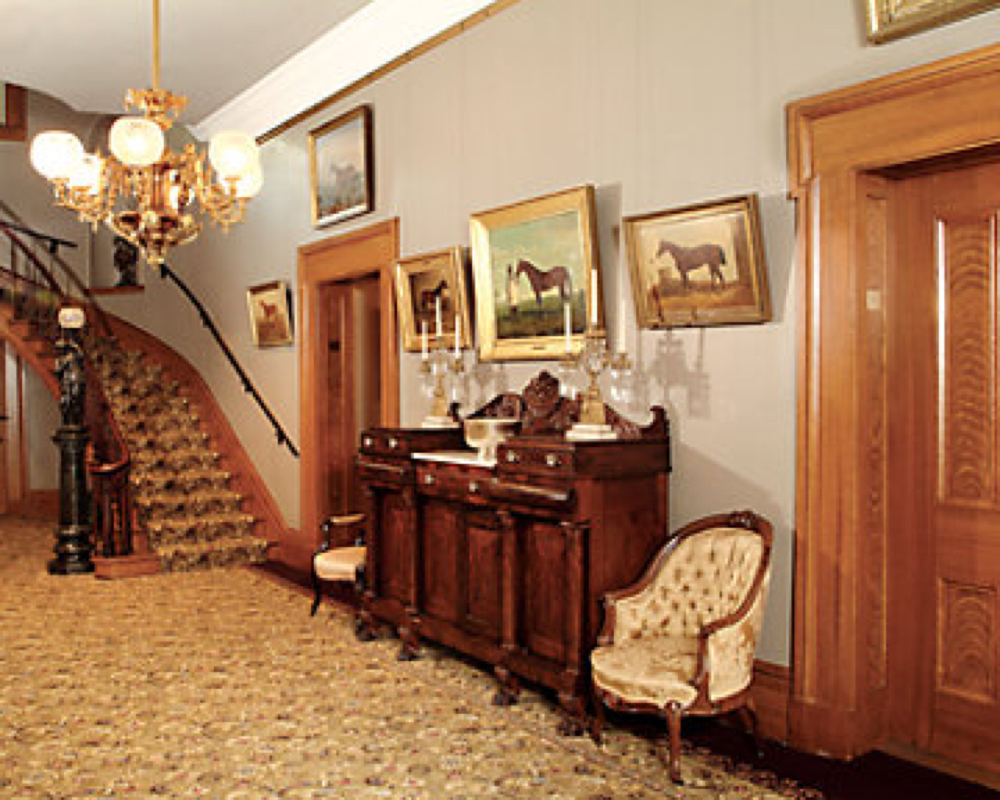
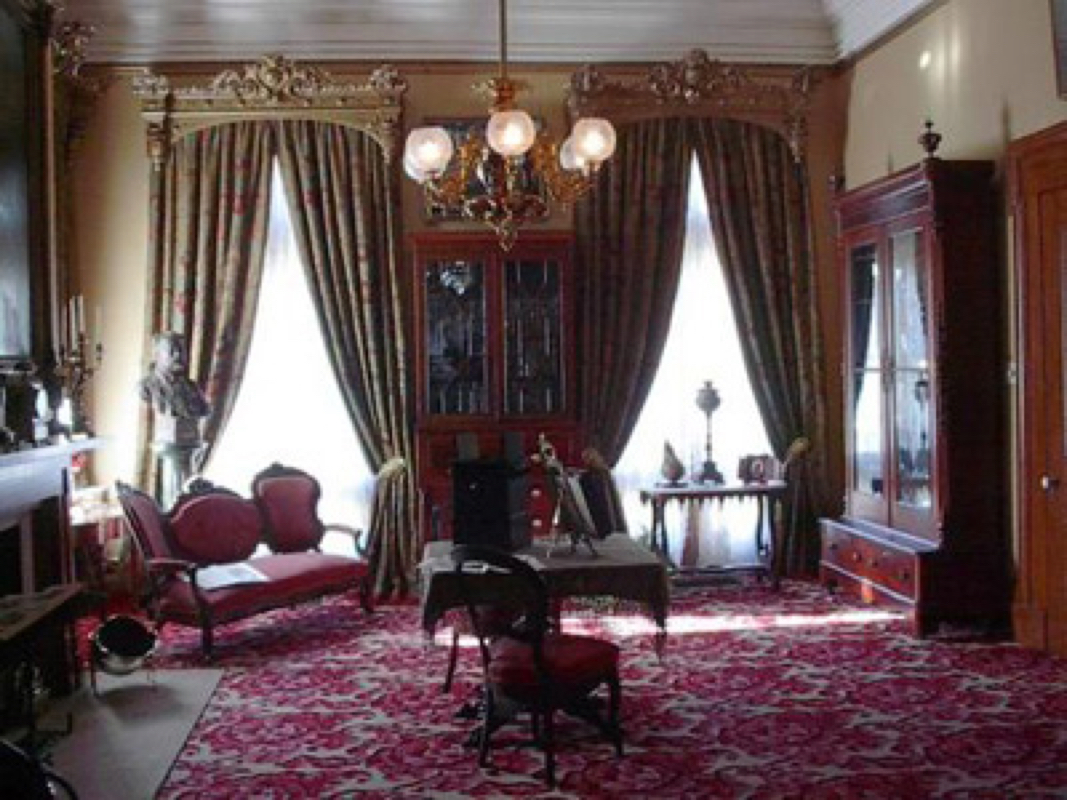
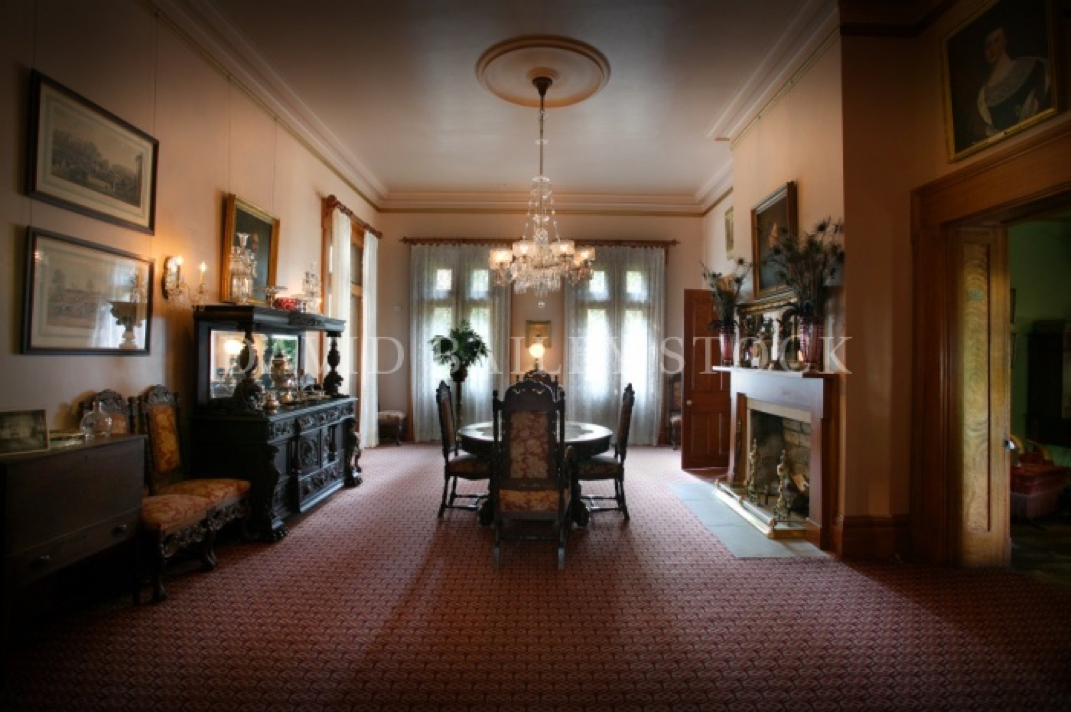
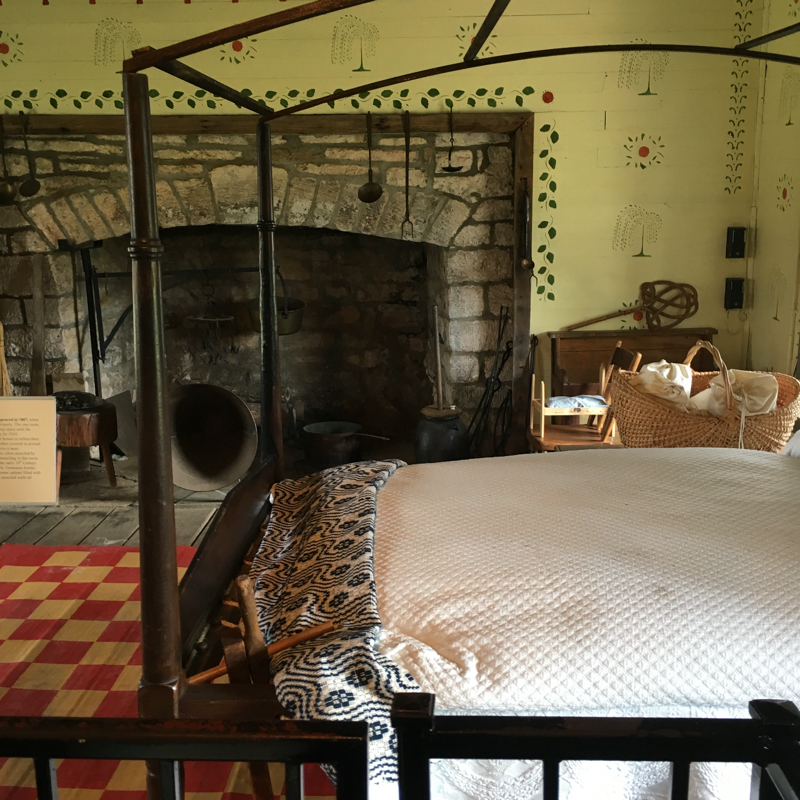
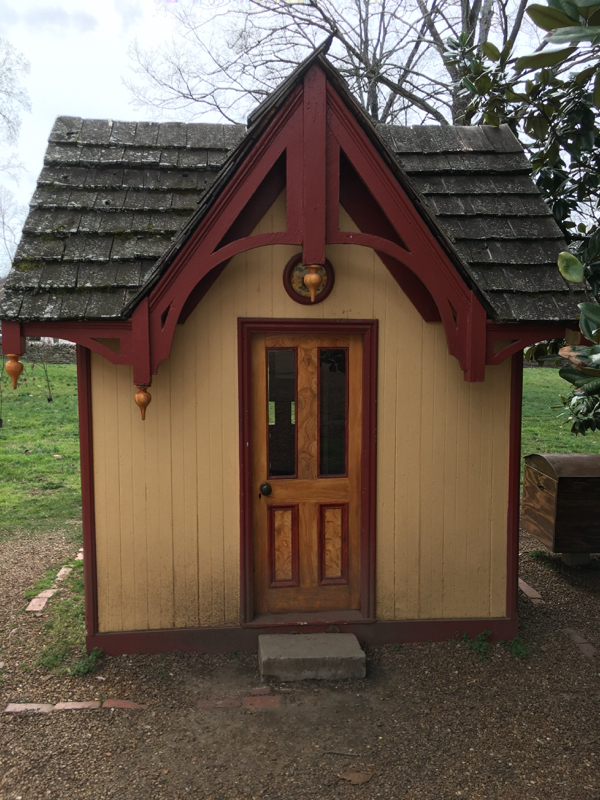
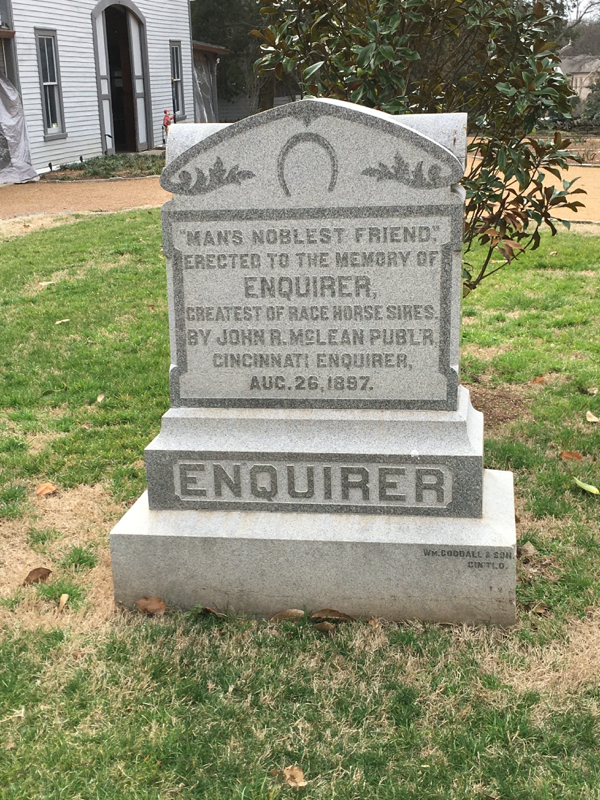
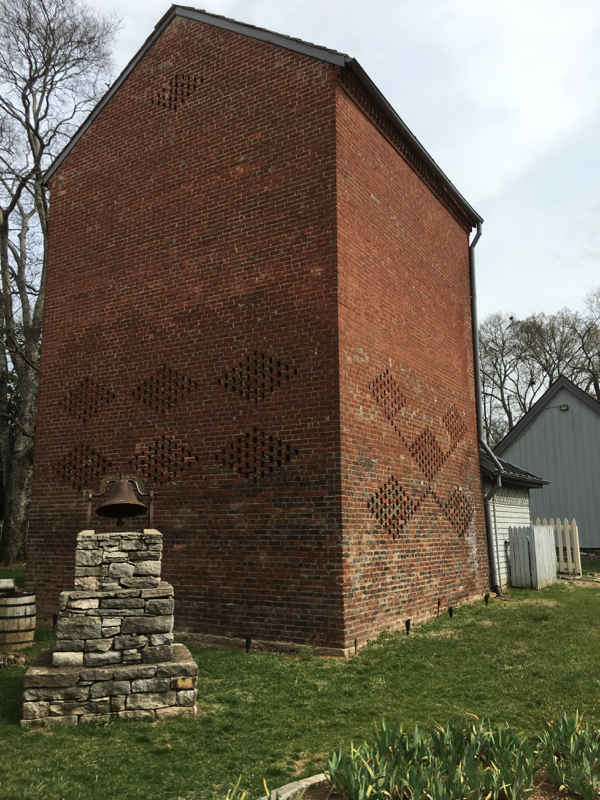
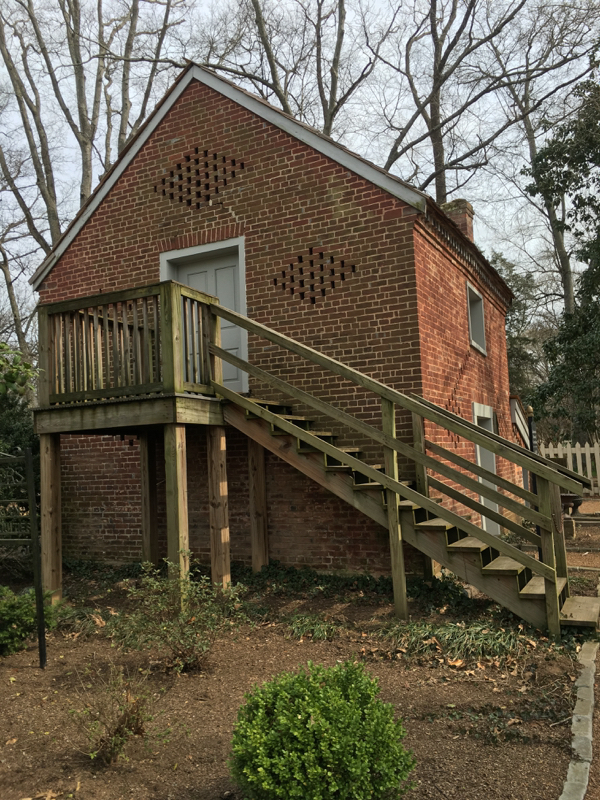
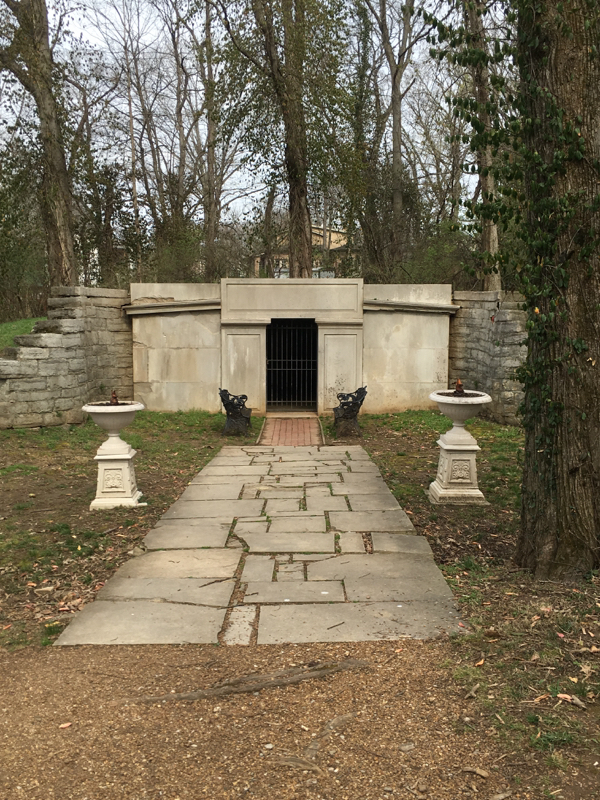
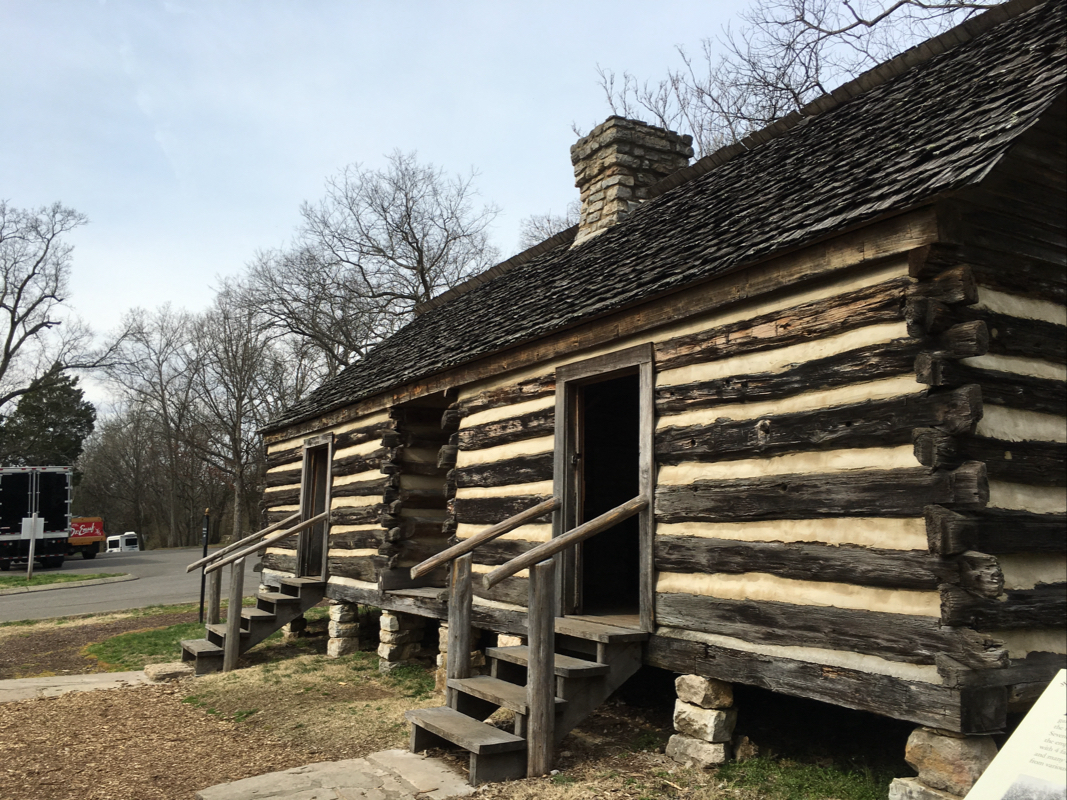
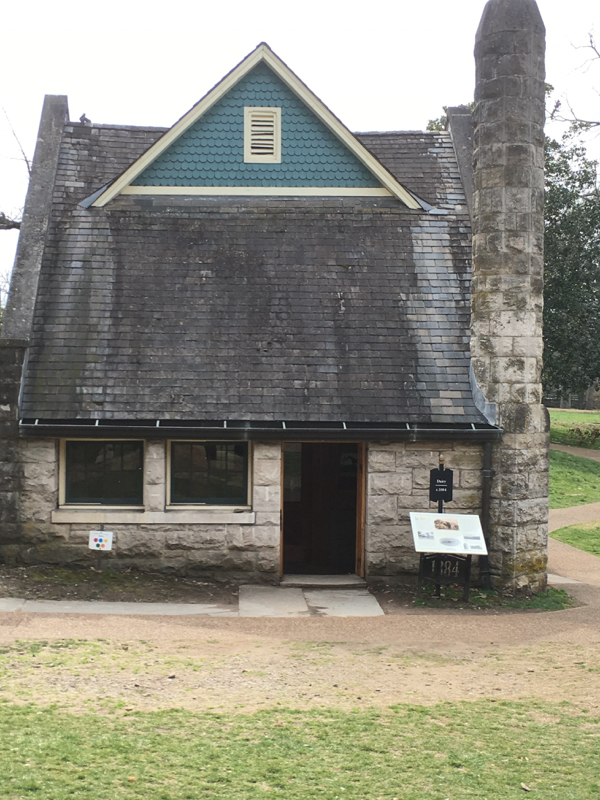
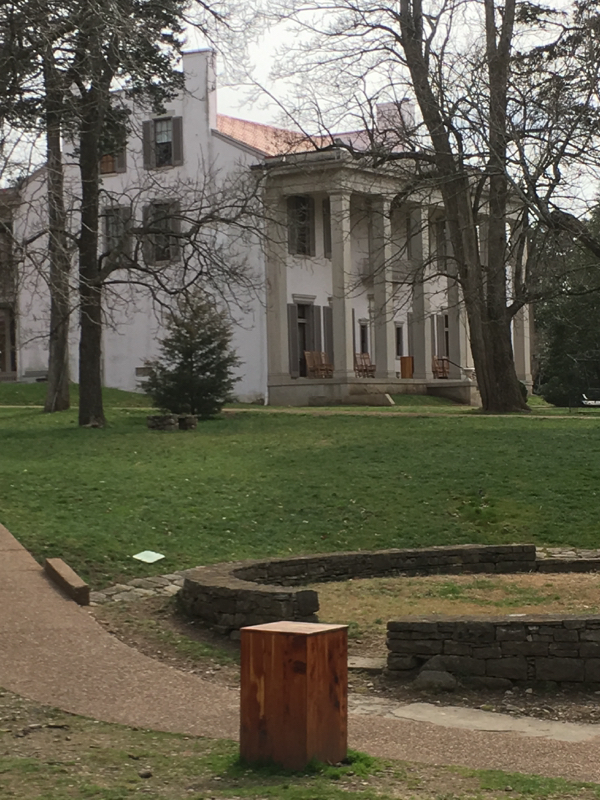
 RSS Feed
RSS Feed
